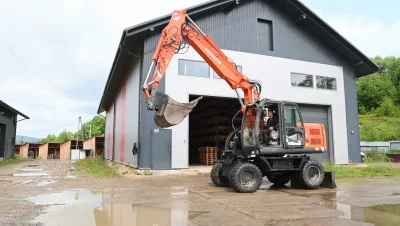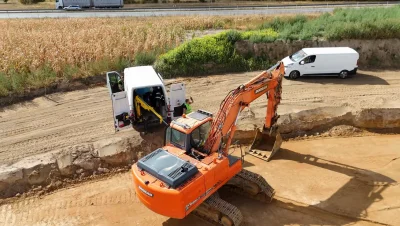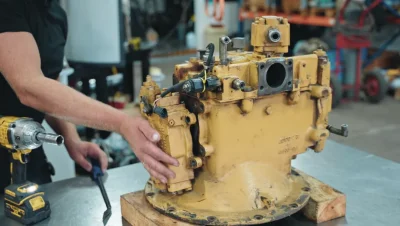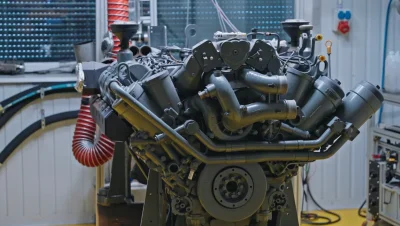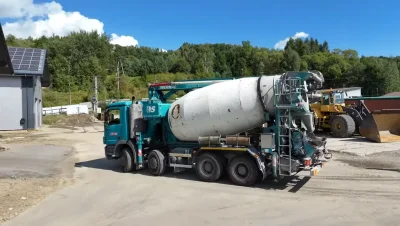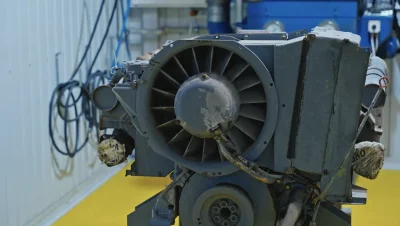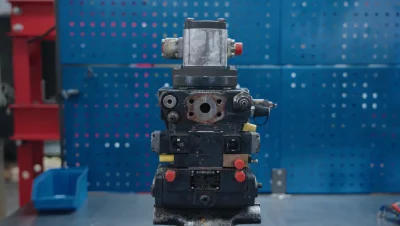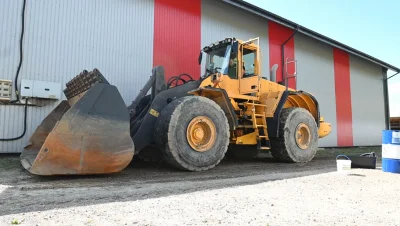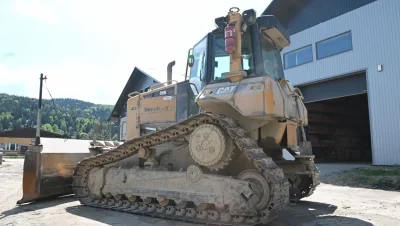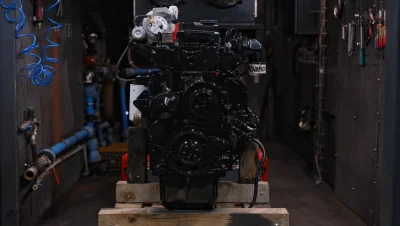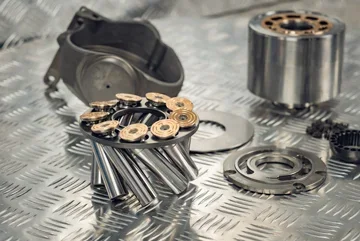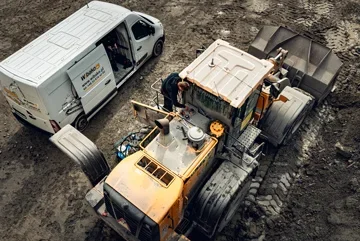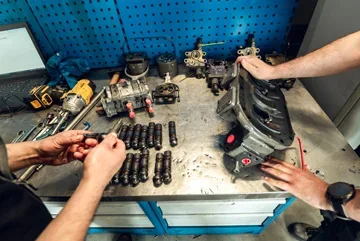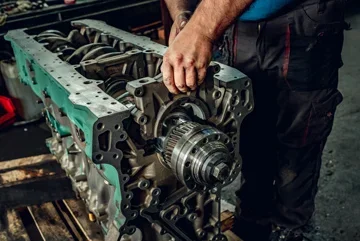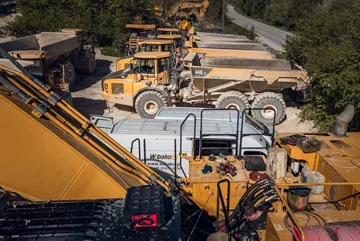Proper exploitation of construction machines
A efficient hydraulic system is a guarantee of effective machine operation - regardless of whether we are talking about a loader, excavator, forklift or bulldozer. Any failures in the system result in a forced and expensive downtime.
It is clear that the machine owner is interested in the fastest possible restoration of its full efficiency, but this should never be at the expense of the quality of the repair work carried out. So what to do when a failure of the hydraulic system in the machine or vehicle occurs? Wibako experts have prepared a handful of tips.
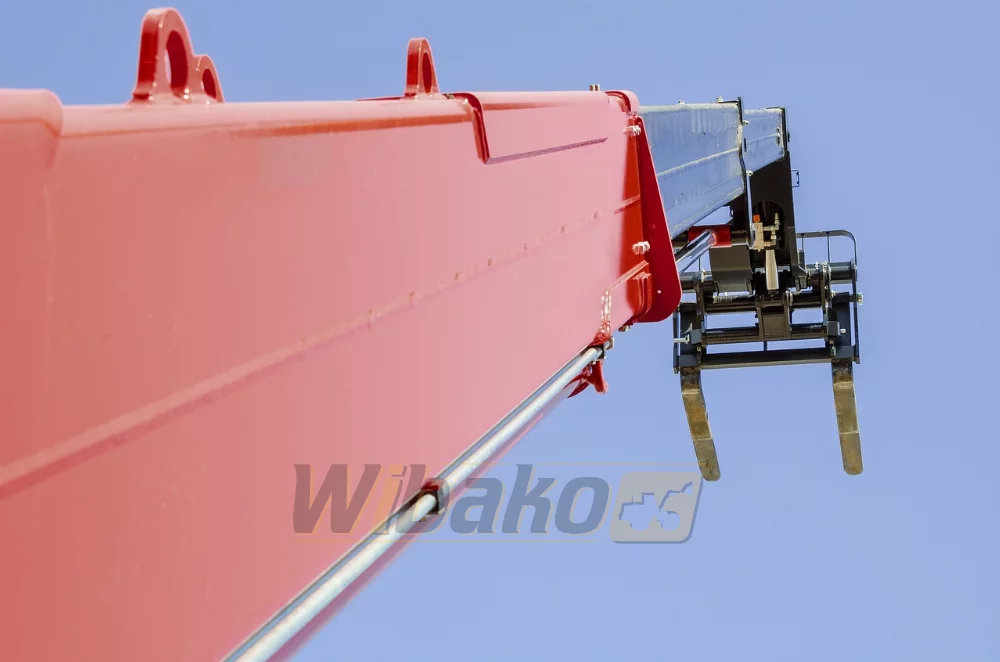
A failure (almost) always gives a prior warning
It is very rare for a serious failure of the hydraulic system to occur, although nothing foreshadowed it. Most often, the operator can detect alarming signals, such as strange noises coming from the system or a slight decrease in machine performance.
This should not be trivialized, as the consequence will be a costly malfunction.
That is why operators should know the construction of the machine and the rules of using it. Before being allowed to work on the machine, the operator must familiarize himself with the technical documentation. If he does not do this or neglects the manufacturer's recommendations, it will be the first step towards a serious failure.
The operator should also be sensitized to avoid overloading the machine and sudden changes in pressure.
The cause of a failure in the hydraulic system can be a trifle, for example, contamination of the valve. It is therefore important to regularly carry out technical inspections and control the operation of the hydraulics, with particular emphasis on pressure regulation and the condition of hydraulic hoses.
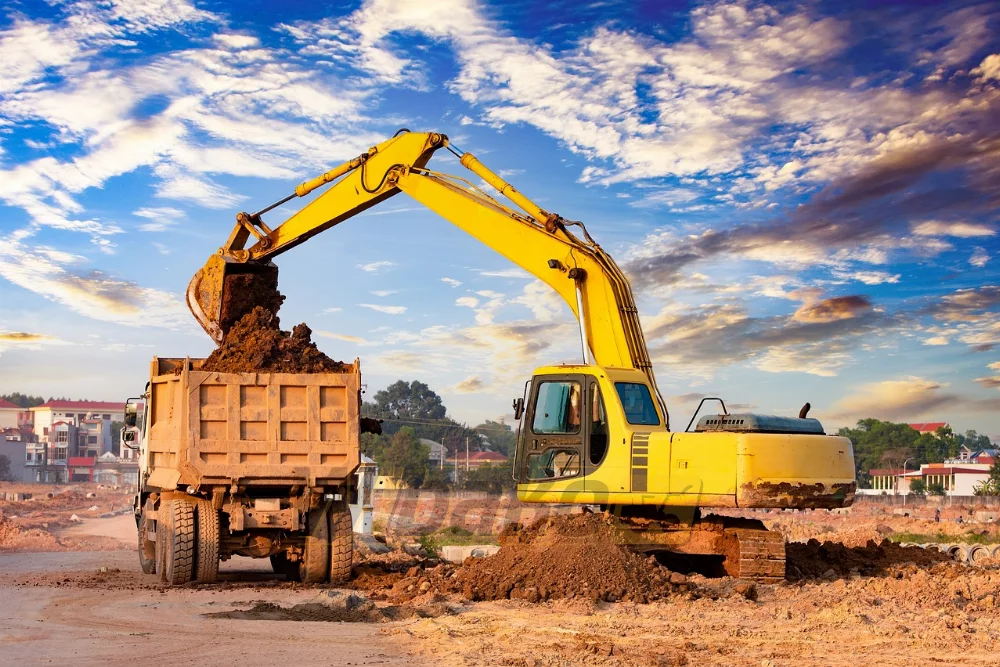
Typical faults in the hydraulic system
In case of hydraulic failure, the first suspicion usually falls on the hydraulic pump, which may be the correct diagnosis. The pump is damaged as a result of either wear and tear of the component, or - and this is a more common scenario - lack of care for service activities, such as changing filters and oil.
Quite common, and at the same time quite easy to eliminate problem are leaks and damage to hoses. To deal with this, you first need to locate and then replace the faulty element, thus ensuring full tightness of the system - a condition for the proper operation of hydraulic devices in every machine.
To reduce the risk of hydraulic system failure, you should follow a few basic rules, which we list below:
- regular replacement of filters and hydraulic oil,
- not mixing different oils (this could lead to its foaming and pressure drop in the system),
- using only oil recommended by the machine manufacturer,
- flushing the entire hydraulic system each time before filling with fresh oil,
- regularly checking the oil level and changing it according to the recommended interval.
If, however, damage to a given component occurs (which may simply result from its wear and tear), then the faulty part should be replaced with a new one or subjected to professional regeneration.
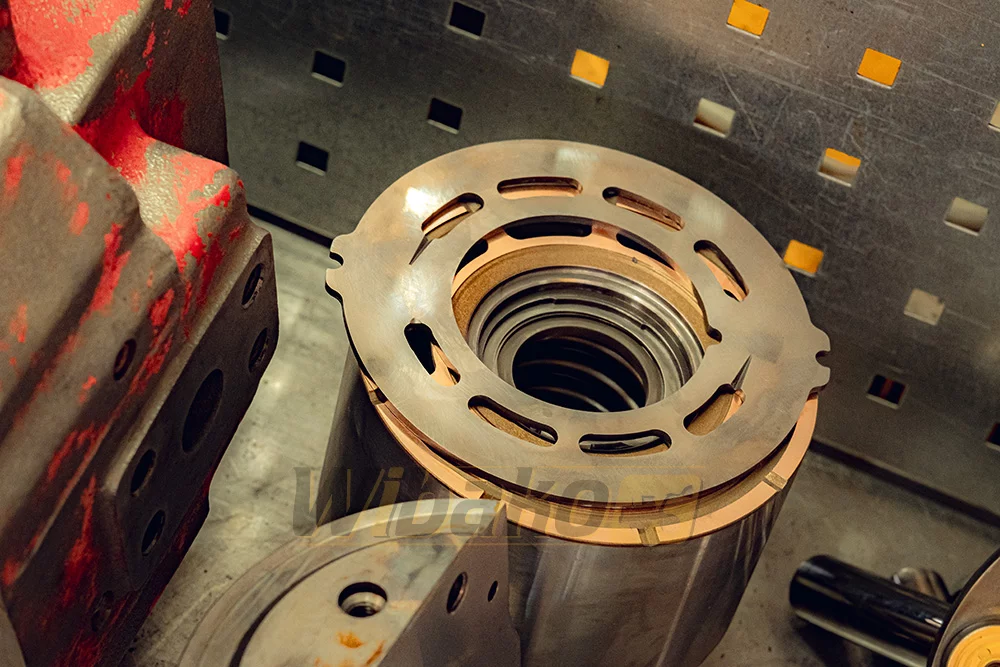
When a failure occurs
Failures in the hydraulic system are often so complicated that only a professional workshop, equipped with an experienced team of specialists and the appropriate technical and machine facilities, can undertake their removal. This is what Wibako offers to its customers.
At the same time, we often encounter a situation where customers themselves try to remove the failure, only worsening the situation and exposing themselves to additional, completely unnecessary costs. Remember that a "guesswork" repair makes no sense and can lead to even greater damage to the delicate hydraulic system, and thus to prolonging the forced downtime of the machine.



